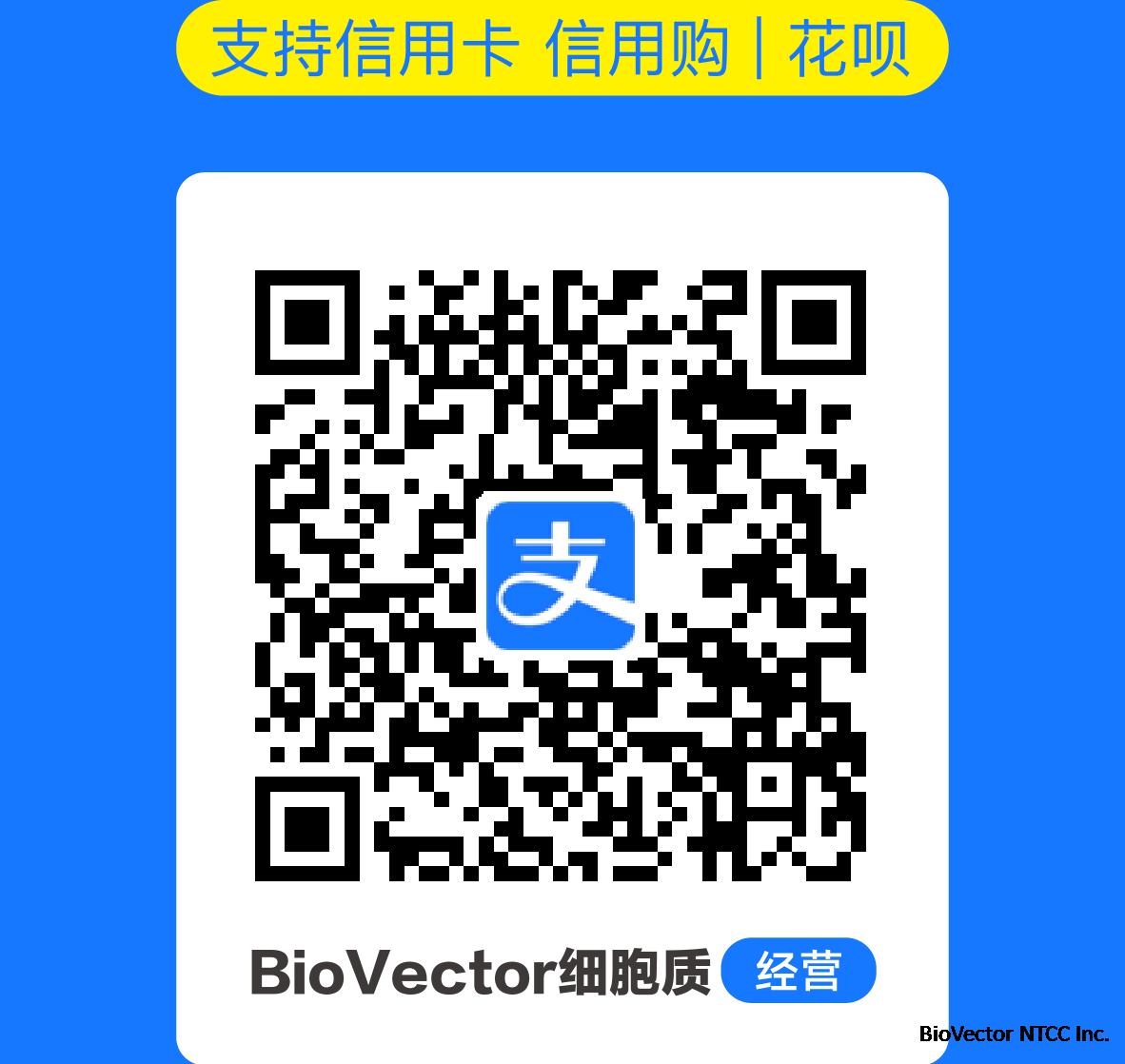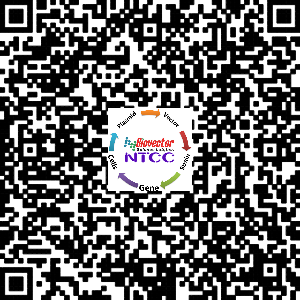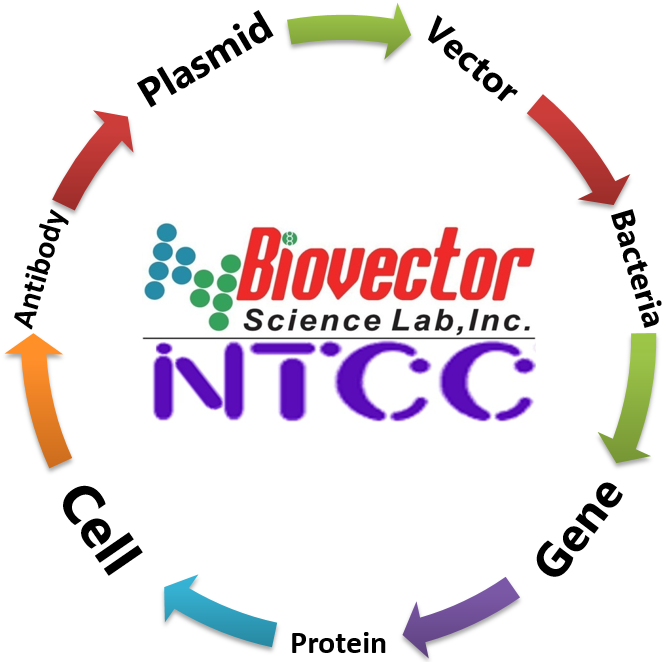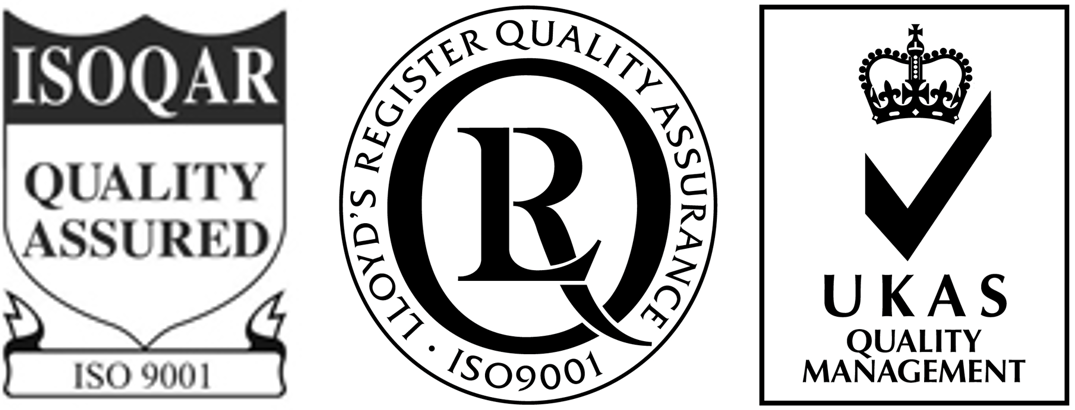- BioVector NTCC典型培養物保藏中心
- 聯系人:Dr.Xu, Biovector NTCC Inc.
電話:400-800-2947 工作QQ:1843439339 (微信同號)
郵件:Biovector@163.com
手機:18901268599
地址:北京
- 已注冊
CHO-GS cells細胞株 BioVector NTCC質粒載體菌種細胞基因保藏中心
Cell line name CHO-GS
Synonyms GS-CHO
Species of origin Cricetulus griseus (Chinese hamster) (Cricetulus barabensis griseus) (NCBI Taxonomy: 10029)
Hierarchy Parent: (CHO-K1)
Sex of cell Female
Category Spontaneously immortalized cell line
Chinese Hamster Ovary (CHO) Cells
Biological therapeutics such as monoclonal antibodies are an increasingly prominent part of many drug development pipelines.
Horizon Discovery believes that to maintain pace with industry needs in this area, access to Chinese Hamster Ovary or CHO cells must be improved to make them available to companies of all sizes.
High entry costs and restrictive licensing conditions are prohibitive for access to CHO cells for the majority of biomanufacturing groups.
CHO cells have become the expression system of choice for the manufacturing of biological therapeutics. They have been shown to have the capacity to express a variety of proteins such as therapeutic enzymes or monoclonal antibodies at multi-gram per litre titres.
As expression technologies have developed, focus on increasing titre has mainly been achieved through improvements to media and feed, while the ability to identify high productivity clones has been streamlined through the use of different selection systems.
Antibiotic selection has been used for a number of years, but the requirement to maintain cells in antibiotics is costly and requires removal of the antibiotic from the production media during downstream steps, which means that metabolic selection has become the preferred industry method.
Metabolic selection can broadly be split into those that use Glutamine Synthetase (GS) or Dihydrofolate reductase (DHFR) systems.
Glutamine Synthetase (GS) Null
Glutamine Synthetase is an enzyme that catalyzes the conversion of glutamate to the amino acid glutamine and is the only mechanism for cells to generate their own glutamine. If the expression of Glutamine Synthetase is reduced through chemical or genetic means, then the cells are not viable unless they are either cultured in media containing additional glutamine or have an alternative Glutamine Synthetase exogenously expressed. This mechanism has been exploited for over ten years to generate a metabolic selection system that links the expression of an exogenous GS gene to the expression of a protein of interest (for example a monoclonal antibody). This means that when the cassette stably integrates into the genome, expression of the monoclonal antibody is proportional to the amount of Glutamine Synthetase expressed.
Cells can then be placed into media that lacks glutamine, and those expressing insufficient GS (and by extension a low level of monoclonal antibody) are unable to survive. Originally, the mouse cell line NS0 exploited this mechanism as it is naturally deficient in Glutamine Synthetase. To adapt this system for use in CHO cell expression, GS was inhibited by the chemical inhibitor Methionine Sulphoximine (MSX). However, this led to high levels of background due to the cell line increasing the expression of its endogenous GS gene, and MSX needed to be included in production culture to maintain the selection. As a highly toxic compound, this needs to be removed from the production media during downstream processing, leading to increased costs and time. More recently, CHO K1 cells have been engineered to be null for Glutamine Synthetase. Horizon Discovery has engineered a GS null CHO cell line using its proprietary rAAV technology, while Lonza used Meganucleases and Sigma Aldrich used Zinc Fingers (ZFNs). This GS null CHO K1 selection system is now considered to be the industry standard method of selecting high expressing clones following transfection with a vector expressing the biotherapeutic.
An alternative metabolic selection system exists that utilizes the DHFR gene. DHFR reduces dihydrofolic acid to tetrahydrofolic acid and in its absence, cells require supplementation of the media with glycine, hypoxanthine, and thymidine for viability. To reduce the level of DHFR in the cells, increasing levels of the chemical inhibitor Methotrexate (MTX) was used, or there are also cells lines (such as DG44 cells) that are null for the DHFR gene.
Similar to the GS system, vectors have been designed that express the protein of interest (for example a monoclonal antibody) as well as a separate expression of an exogenous DHFR gene. However, due to decreased timelines associated with the GS system, this has become the system of choice for most companies.
Furthermore, metabolic selection using MSX or MTX is often performed using a number of amplification steps to increase copy number and expression levels of clones, which has led to some concerns over the long-term stability of the final producer clone. Together with the increased downstream processing burden, null cell lines are a preferable technology for utilizing the metabolic selection through DHFR or GS.
Publications
DOI=10.1016/j.enzmictec.2004.08.027
Omasa T., Yamanaka M., Tanimura N., Katakura Y., Kishimoto M., Suga K.-I., Enosawa S.
Expression and amplification of glutamine synthetase gene endows HepG2 cells with ammonia-metabolizing activity for bioartificial liver support system.
Enzyme Microb. Technol. 35:519-524(2004)
BioVector NTCC質粒載體菌種細胞蛋白抗體基因保藏中心
電話:+86-010-53513060
網址:www.biovector.net [Supplier來源] http://www.biovector.net
您正在向 biovector.net 發送關于產品 CHO-GS cells細胞株 BioVector NTCC質粒載體菌種細胞基因保藏中心 的詢問
- 公告/新聞




